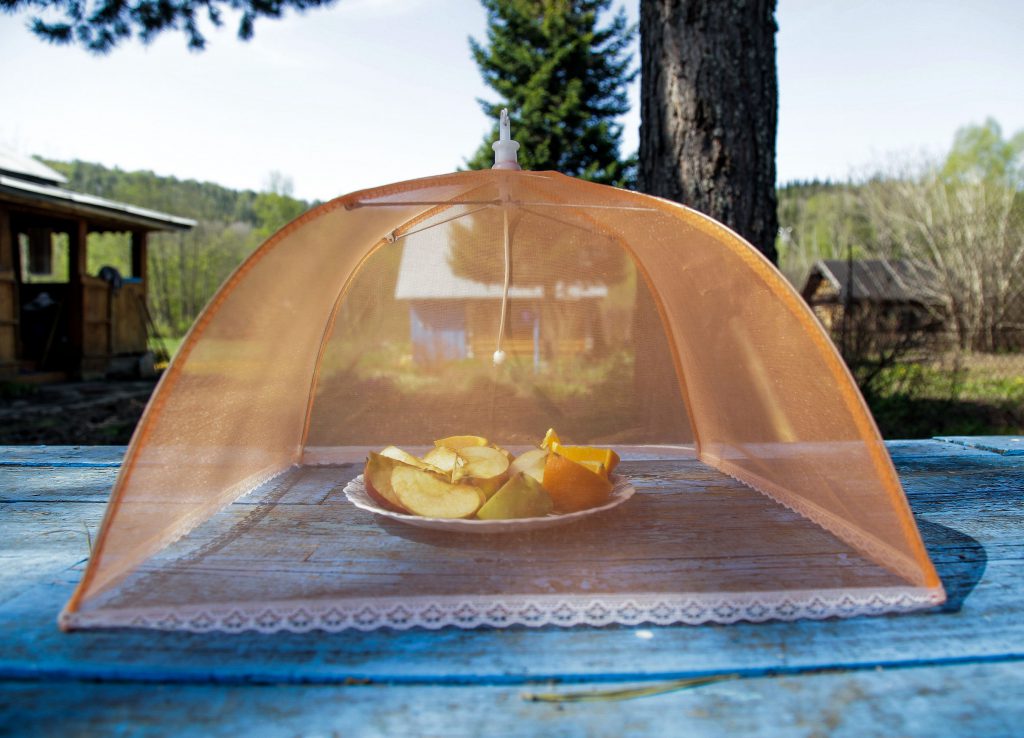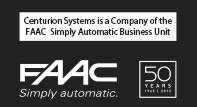Last week, science and technology magazine Popular Mechanics posted a fascinating article on time travel in which it speculates that the technology that was once considered the exclusive territory of science fiction and fantasy, may very well be within our grasp. According to the article, with the proper funding and support from the public, we could, theoretically, have a fully-functioning time machine within the next twenty years.
For time travel into the future to be possible, scientists will have to develop a vessel capable of travelling at a speed approaching that of light, a principle based on Albert Einstein’s theory of relativity. Those among us wanting to go back and study a little bit harder for that maths test or ask out that girl we once thought was out of our league may have to wait a while longer, however, as scientists are still divided about how to achieve backwards time travel, and whether it’s even possible. Time travel into the past relies on the existence of wormholes – cosmic shortcuts that are a darling of science fiction writers – and these intergalactic passages are still very much hypothetical.
Still, it’s pretty exciting to think that we may, one day, be able to visit the world of tomorrow.
And yet, after attending the launch of CENTURION’s new WiZo-Link wireless solution – and especially after witnessing the incredible grand finale – one can’t help but feel that the world of tomorrow has very subtly become the world of today.
WiZo-Link uses a novel communication protocol to create what is known as a mesh network, and it is this very technology that makes the system much more robust and reliable – not to mention flexible – than traditional end-to-end networks.
How does mesh network technology work?
In a mesh network topology, the devices in the network all communicate with each other to form a sort of wireless mesh over the installation site, sort of like one of those covers one places over a plate of food to keep flies away.

Because all of the devices in the network are involved in the transmission of information, the network becomes self-healing (also called “self-organising” or “self-configuring”) meaning that, if one of the nodes fails or there is an obstruction in the transmission path, the network intelligently adapts and routes information via a different path. Furthermore, because the topology is dynamic and non-hierarchical, changes in the environment (such as architectural structures being erected, trees being planted, etc.) won’t affect the network’s reliability as it will simply find a new route.
Adding to the incredible flexibility afforded by mesh network topologies, the system can be grown to virtually any size by simply adding more nodes, which act as repeaters and strengthen the signal.
Mesh network technology is the stuff of science fiction, and it’s available right now with CENTURION and WiZo-Link. Get yours today.









